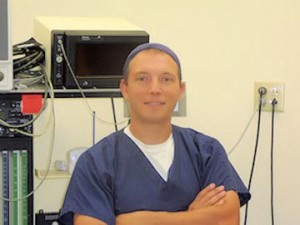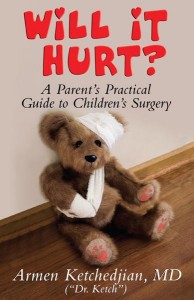Bills to license Anesthesiologist Assistants (AAs), highly trained anesthesia care providers, have been introduced in the Texas legislature. Though AAs have been providing anesthesia in Texas operating rooms for the past 11 years, they believe it’s time to ask legislators to give the AA profession the regulatory protection enjoyed by other health care providers.
 “We aren’t trying to change the way AAs practice at all, but we believe that it makes sense to have oversight of the people taking care of us when we need medical care,†says Paul McHorse, a certified Anesthesiologist Assistant (AA-C), and President of the Texas Academy of Anesthesiologist Assistants. “AAs have always practiced within nationally accepted guidelines, but we believe that critical care areas should be regulated, and that certainly includes anesthesia. It’s just a matter of good public policy.â€
“We aren’t trying to change the way AAs practice at all, but we believe that it makes sense to have oversight of the people taking care of us when we need medical care,†says Paul McHorse, a certified Anesthesiologist Assistant (AA-C), and President of the Texas Academy of Anesthesiologist Assistants. “AAs have always practiced within nationally accepted guidelines, but we believe that critical care areas should be regulated, and that certainly includes anesthesia. It’s just a matter of good public policy.â€
SB 1794 by State Senator Carlos Uresti (D-San Antonio) and HB 3376 by State Representative John Davis (R-Houston) were filed on Wednesday, March 11th and are identical. If passed, the legislation would require that AAs be regulated and licensed by the Texas Medical Board in order to practice in the state. AAs already practice in Texas, but are not regulated by the state.
The first Anesthesiologist Assistants joined the anesthesia work force almost 40 years ago, at the same time as the more widely known Physician Assistants (PAs). “The big difference between PAs and AAs is that PA training is designed to cover needs in many medical specialties, and AA training focuses exclusively on the specialty of anesthesia,†explains Deb Lawson, AA-C, President of the American Academy of Anesthesiologist Assistants. “Good anesthesia care calls for a very high degree of training and education, and our profession was designed with that in mind from the beginning.â€
Like PAs working as physician extenders, AAs work exclusively with anesthesiologists. According to Mr. McHorse, “most anesthetics in the US are given by more than one anesthesia provider working as a team; with a qualified anesthetist like an AA in the room at all times, the anesthesiologist may direct more than one case at the same time, being available for those patients that need more attention. The advantage is that all of the patients have the benefit of an anesthesiologist’s expertise. The reason this ‘Anesthesia Care Team’ model is so widely practiced is that it has been shown to maximize both safety and economy, and results in significantly fewer anesthesia complications. AAs are dedicated to these goals.â€
Support is strong among those who work with AAs. “It is my experience and opinion as a neurosurgeon that Anesthesiologist Assistants are qualified and competent anesthesia providers,†says Dr. Peter Shedden, who works with AAs at Memorial Hermann The Woodlands Hospital. “Since AAs work closely with anesthesiologists, this unique relationship allows superior care in the increasingly higher acuity procedures characteristic of modern medicine. In my opinion, Anesthesiologist Assistants (AA) provide accurate, efficient and qualified care for patients and are pivotal for patients receiving a safe surgical experience.â€
“The AA profession’s excellent track record of safety explains why interest in hiring AAs is at an all time high, and why the numbers of new employers and programs are growing,†says Ms. Lawson. “Other medical specialties have long had non-physician providers from both allied health and nursing, and anesthesia needs the same advantage. The shortage of anesthesia providers is well-known, and allied health professions have an added advantage: by not limiting their students to nursing experience, they don’t worsen the critical nursing shortage.â€
“Our students enter training with the same background as students entering medical school,†says Joe Rifici, AA-C, M.Ed., and Program Director of the Master of Science in Anesthesia Program at Case Western Reserve University in Cleveland, Ohio. “They spend the next two years learning the science, skills and art of anesthesia practice, from simple to very intense cases, in subspecialties such as cardiac, neuro, obstetrics and pediatrics. The gold standards of AA training include affiliation with a medical school and AA students always being paired with an experienced anesthesia provider, which maximizes both the educational experience and patient safety. Everyone benefits, and as everyone who has worked with AAs can attest, it’s an educational model that works.â€
If AAs can already practice in Texas, why go to the trouble to push for licensing? Says Mr. McHorse, “Other states are seeking to utilize AAs as providers, and they will look to states like Texas, where AAs are established and have proven themselves, for guidance. Texas AAs would be proud to help establish a public policy precedent, and promote Texas as a leader in AA regulatory affairs.â€
Via EPR Network
More Healthcare press releases


